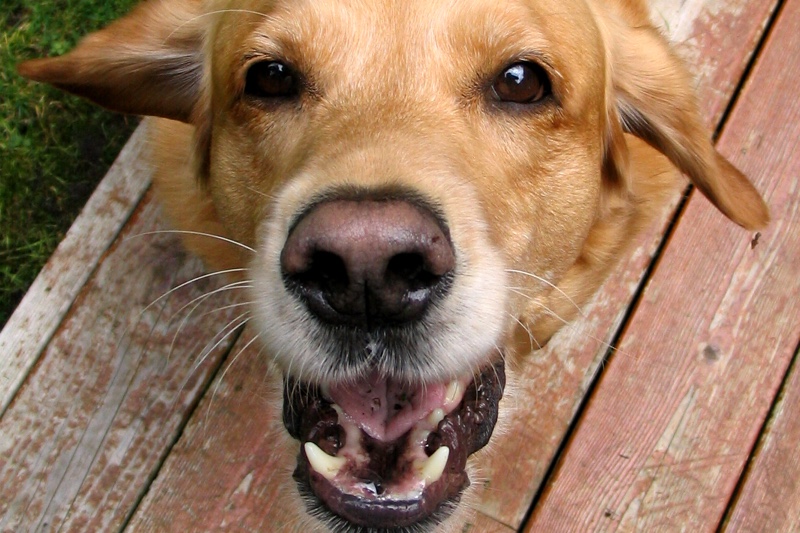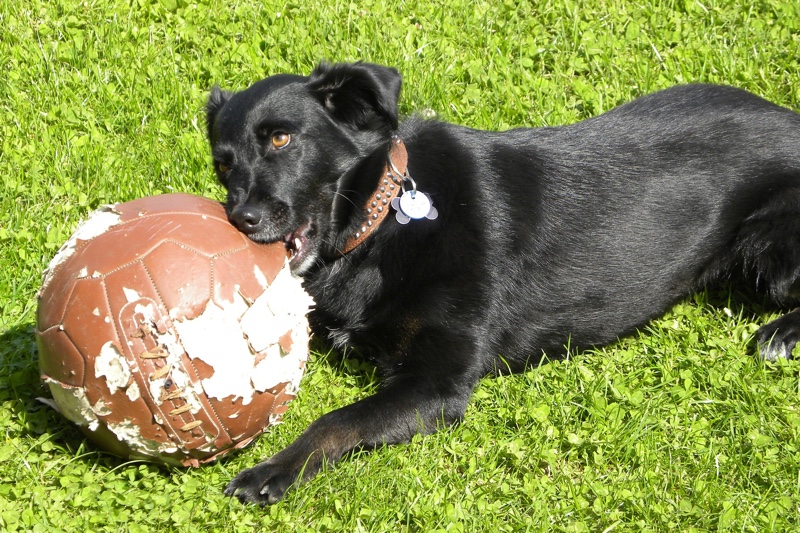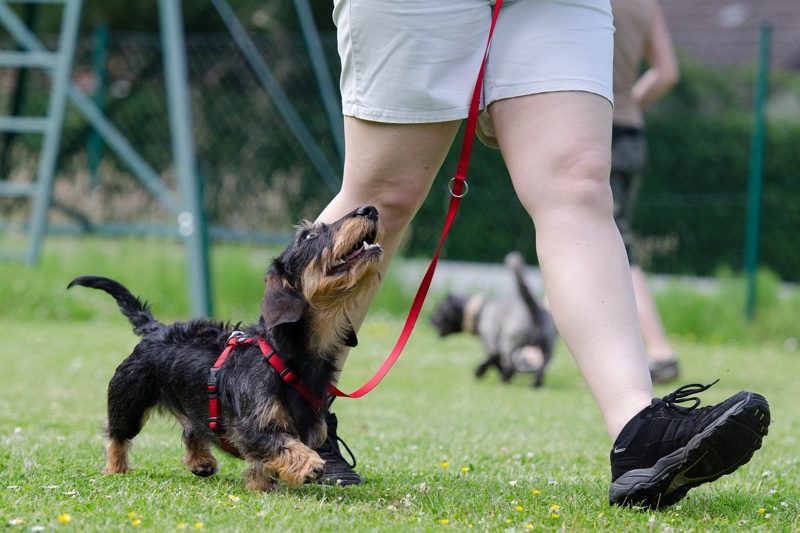Dog Spleens
The spleen is an unsuspecting organ—dogs can live healthy lives without them. Yet, these organs still have many jobs and can be the origin of health issues.
Barking, digging, chewing, running—these are all natural dog behaviors, and naturally you have to be accepting of them to a certain point. So how do you know when your dog’s behavior is a problem? It might be obvious if the behavior is excessive, disruptive, or compromises the safety of your dog, other pets, or other people. In those cases, you almost certainly have an issue on your hands that needs attention.
There are lots of different dog behavior problems, but three that come to the top of the list are aggression, excessive barking, and destructive chewing. Here’s what you should know about these particular behavior issues.

It’s not unusual for dogs to show aggression in certain circumstances, such as when they feel threatened by another dog or are startled by a stranger.
However, aggression can be a serious problem that can stress out and embarrass dog parents and cause injuries to the dog or the people and other pets around him or her. Qualified professionals should be contacted immediately to address the issue in such cases.
The term aggression actually refers to a number of behaviors, which can escalate from one to the other and warn you that your dog is reaching a boiling point. These behaviors can include:
If your dog has started acting aggressively, it can help to uncover the reason for this behavior. Your dog may be feeling territorial, possessive, protective, or fearful when he or she becomes hostile. If you can understand the reason, you may be able to do something to prevent the situation.
For instance, if your dog growls or snarls when you approach the food bowl (an issue called “food guarding”), you can try backing off during mealtimes. Of course, many triggers, like passing by another dog or person during a walk, are tough if not impossible to avoid. In those cases, you should definitely get help dealing with the aggression. Aggression should never be considered “cute.”
You should also keep in mind that dogs who aren’t feeling well can start acting out. Schedule a visit to your veterinarian if your dog starts acting aggressively and you have no idea why. Your vet can help determine if there are any underlying illnesses or injuries that might be causing the problem.

Barking is one way your dog communicates with you. Your dog might bark to let you know that someone is at the front door or it’s time to take a walk together. But when the barking goes on and on or becomes disruptive to your household or neighbors, you may need to take action.
It’s helpful first to figure out what that barking is all about, as it could be the result of a whole host of reasons. Motives for such vocalizations include:
Like with aggressive behaviors, if you can figure out the root of the issue, you may be able to fix the problem by addressing or avoiding the trigger. For instance, if your dog is barking to get attention, you can try spending more time together. You might take your dog out for longer or more frequent walks. This can have the added benefit of making your dog too tired to bark so much! If you can’t find the source of the barking, you should seek out help.

Puppies chew to explore the world around them and relieve the pressure of teething. More mature dogs chew to keep their teeth and jaws healthy and strong. Also, dogs of all ages may chew to help relieve boredom, reduce frustration, or lessen feelings of anxiety.
While chewing is a normal behavior, it can become a problem if your dog is destroying things around your house, like your furniture or favorite pairs of shoes. These tips can help you stop your dog from engaging in destructive chewing:
If your dog is crate trained, you can leave your furry pal in the crate when you can’t be there to correct unwanted chewing behavior. Just be sure never to use the crate as a form of punishment. Learn about crate training.

The kind of dog behavior training or treatment that would benefit your dog depends on the specific situation. If there is a health issue at the bottom of it all, the behavior may stop on its own once your dog is well again. Sometimes addressing or avoiding the trigger can be enough to deal with the behavior.
In other cases, specialized dog behavior training, medications, or behavior modification techniques may be needed. But keep hope—your dog should be able to get back to his or her tail wagging self with patience, time, and the right kind of intervention if needed.
There are a variety of professionals who can help with dog behavior problems. They each have different types of experience and training.
There is no standardized training for dog trainers, and their education and experience can vary quite a bit. They may have worked with other trainers, volunteered at animal shelters, taken courses, or received some sort of certification in dog training. If you decide to use a dog trainer, you should check out their qualifications and ask for recommendations.
These individuals have received training and accreditation through the Certification Council for Professional Dog Trainers (CCDT). To attain this certification, they must work a set number of hours as a trainer and pass a standardized test. They also need to adhere to a strict ethical code and continue to earn credits to keep up their certification.
Professionals with these titles have a Ph.D. or Master degree in animal behavior and may have completed additional graduate or post-graduate work. They are trained experts in dog behavior and behavior modification techniques. Many work through veterinary referrals and collaborate with veterinarians, especially when medications are recommended for treatment.
These are veterinarians who have earned a special certification from the American College of Veterinary Behaviorists. A residency in behavior and an exam are required to become a Dip ACVB. One of the benefits of using Dip ADVBs is that they can prescribe medications for your dog.
If you’re not sure which kind of professional would be best, you can ask your veterinarian to point you in the right direction. It’s also a good idea to have your veterinarian check out your dog to make sure there are no underlying health issues that could be causing the behavior problem. Learn about the 5 most common dog diseases.
While dog behavioral problems can be bad news, the good news is that ASPCA Pet Health Insurance offers behavioral coverage.
While dog behavioral problems can be bad news, the good news is that ASPCA Pet Health Insurance offers behavioral coverage. Having a plan with this added coverage can help you manage the costs of consultations, exams, lab testing, and medications needed to diagnose and treat these conditions. Find out more about what’s covered.